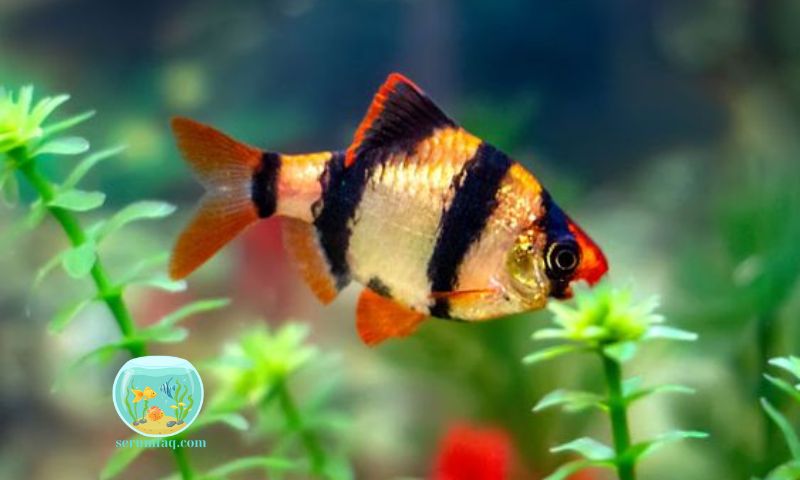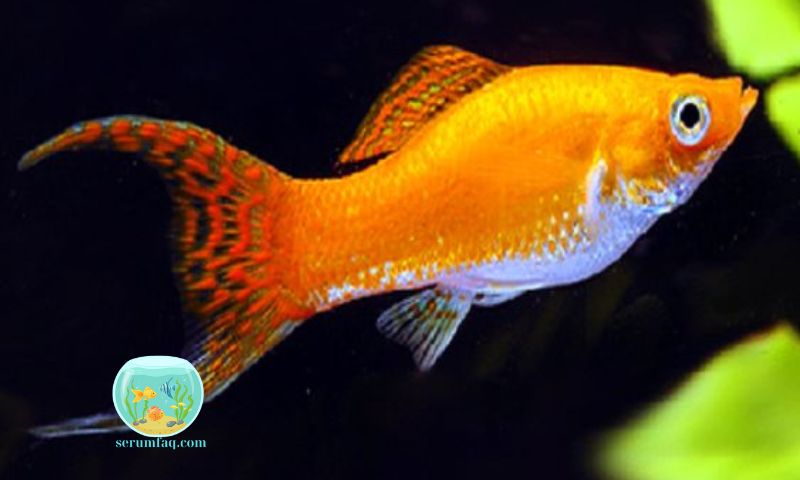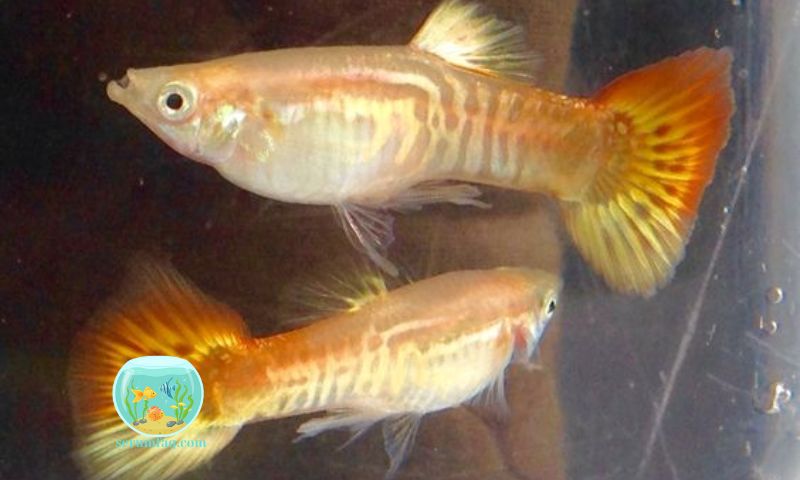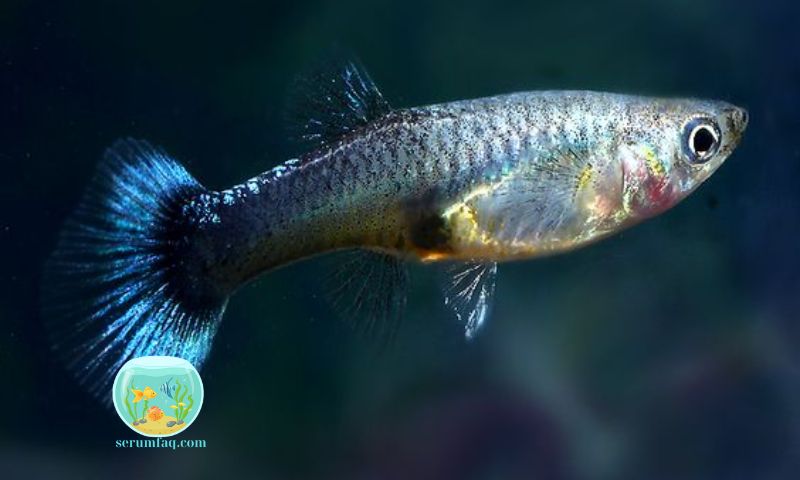Freshwater Artemia, commonly known as brine shrimp, are small aquatic crustaceans popular among aquarists for their nutritional value and ease of cultivation. Raising Artemia provides a reliable source of live food for fish and other aquatic pets. This guide will walk you through everything you need to know about raising freshwater Artemia successfully.
Understanding Freshwater Artemia

Artemia, often referred to as brine shrimp, are tiny crustaceans that inhabit salty environments like salt lakes and brine pools. However, there are species adapted to freshwater conditions, making them an ideal choice for freshwater aquarium enthusiasts. Freshwater Artemia are prized for their high protein content and their role in promoting the growth and health of fish.
The main differences between freshwater and saltwater Artemia lie in their habitat and the specific care requirements. Freshwater Artemia are easier to maintain since they don’t require high salinity levels. Raising freshwater Artemia can benefit your aquarium by providing a consistent supply of nutritious live food that encourages natural hunting behaviors in fish.
Materials Needed
Before you start raising freshwater Artemia, gather the following materials:
- Artemia cysts (brine shrimp eggs)
- A suitable container (such as a small aquarium or a plastic tank)
- Freshwater
- Salt (non-iodized, such as aquarium salt or sea salt)
- Aeration equipment (like an air pump and air stone)
- Thermometer
- Artemia food (commercially available or homemade)
Artemia cysts and other supplies can be found at pet stores, aquarium shops, and online retailers.
Setting Up the Habitat

- Choosing the Right Container: Select a container that can hold at least a few liters of water. A small aquarium or plastic tank works well.
- Water Quality and Temperature Requirements: Fill the container with dechlorinated freshwater. The optimal temperature for hatching and raising Artemia is between 25-28°C (77-82°F). Use a thermometer to monitor the water temperature.
- Adding Salt and Other Necessary Minerals: While freshwater Artemia can survive in low salinity, adding a small amount of salt (around 1 teaspoon per liter) helps mimic their natural habitat and improves their health.
Hatching Artemia Cysts
- Step-by-Step Guide to Hatching Artemia:
- Fill the container with the prepared water.
- Add aeration equipment to ensure good oxygenation.
- Sprinkle Artemia cysts on the water surface.
- Optimal Conditions for Hatching: Artemia cysts hatch best in warm, well-oxygenated water. Maintain the temperature and ensure continuous aeration.
- Troubleshooting Common Hatching Problems:
- If hatching is delayed, check the water temperature and aeration.
- Ensure cysts are fresh and not expired.
- Avoid overcrowding by using an appropriate amount of cysts for the container size.
Feeding and Care

- Types of Food for Artemia: Freshwater Artemia feeds on microscopic algae, yeast, and specially formulated Artemia food. You can use commercial Artemia food or make a homemade mixture of yeast and spirulina powder.
- Feeding Schedule and Amounts: Feed Artemia once or twice a day, providing small amounts of food each time. Overfeeding can foul the water, so start with small quantities and adjust as needed.
- Maintaining Water Quality: Regularly check the water quality and perform partial water changes to prevent the buildup of waste and toxins. Use a siphon to remove debris from the bottom of the container.
Harvesting Artemia
- When and How to Harvest: Artemia is ready for harvesting once it reaches an appropriate size, usually within a few days. Use a fine mesh net or a siphon to collect them.
- Best Practices for Harvesting: Harvest Artemia in small batches to avoid overloading your aquarium with live food. Ensure that the water quality in the Artemia container remains stable.
- Storing Harvested Artemia: Freshly harvested Artemia can be fed to your fish immediately or stored in a separate container with clean water for a short period. For longer storage, freeze them in small portions.
Common Issues and Solutions
- Identifying and Solving Common Problems:
- Low hatch rates: Check water temperature, salinity, and cyst quality.
- Poor growth: Ensure adequate food supply and proper water conditions.
- Diseases and How to Treat Them: Freshwater Artemia are generally hardy, but overcrowding and poor water quality can lead to diseases. Regular maintenance and monitoring can prevent most issues.
- Preventive Measures: Maintain optimal water conditions, avoid overfeeding, and ensure proper aeration to keep Artemia healthy.
Breeding and Sustainability
- Encouraging Reproduction: Freshwater Artemia can reproduce asexually, producing nauplii (baby Artemia). Providing a stable environment and a consistent food supply encourages reproduction.
- Sustainable Practices for Long-Term Care: To sustain your Artemia culture, periodically remove adult Artemia and allow nauplii to grow. Regularly refresh the water and monitor the population.
- Benefits of Breeding Your Own Artemia: Breeding Artemia ensures a continuous supply of live food, reduces costs, and allows you to control the quality and nutrition of the food provided to your fish.
Conclusion
Raising freshwater Artemia is a rewarding and cost-effective way to provide live food for your aquarium inhabitants. By following the steps outlined in this guide, you can successfully hatch, raise, and harvest Artemia, ensuring a steady supply of nutritious food for your fish. Start your Artemia culture today and enjoy the benefits of healthier and more active fish.
FAQs
-
How long does it take for Artemia cysts to hatch?
- Artemia cysts typically hatch within 24-48 hours under optimal conditions.
-
Can I use tap water to raise Artemia?
- Yes, but make sure to dechlorinate the water before use.
-
How often should I feed Artemia?
- Feed Artemia once or twice daily, adjusting the amount based on their consumption.
-
What is the ideal temperature for raising Artemia?
- The ideal temperature is between 25-28°C (77-82°F).
-
How can I tell if my Artemia are healthy?
- Healthy Artemia are active, have a translucent body, and respond quickly to light.
-
Can I raise Artemia without aeration equipment?
- Aeration is crucial for maintaining oxygen levels and preventing stagnant water, so it’s highly recommended.

